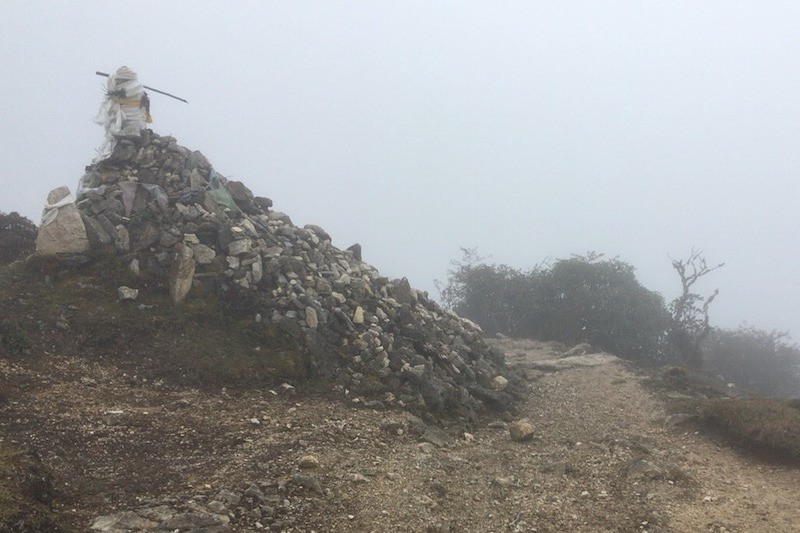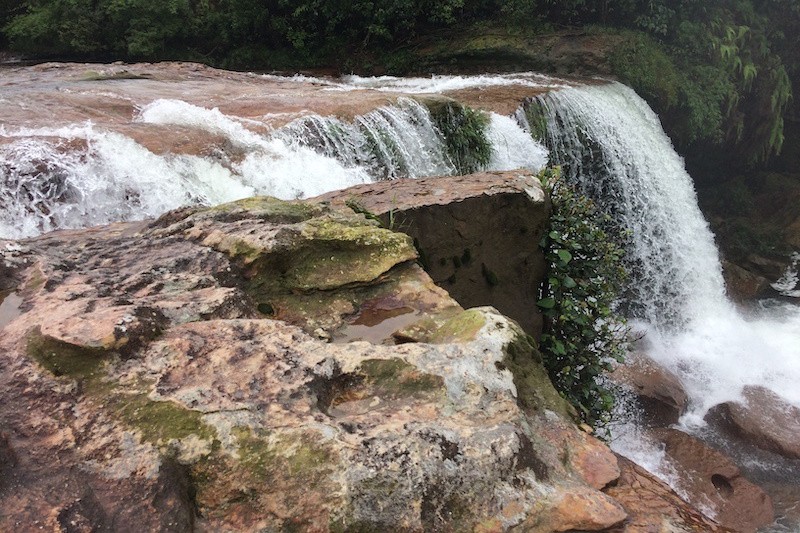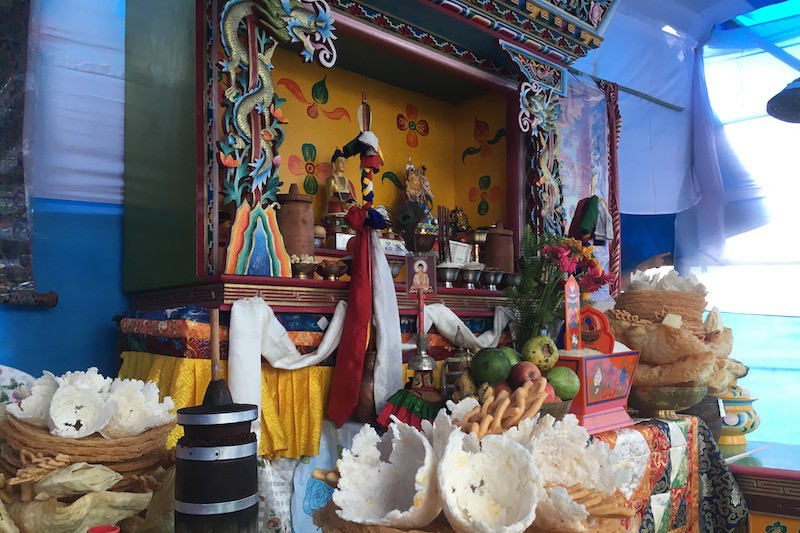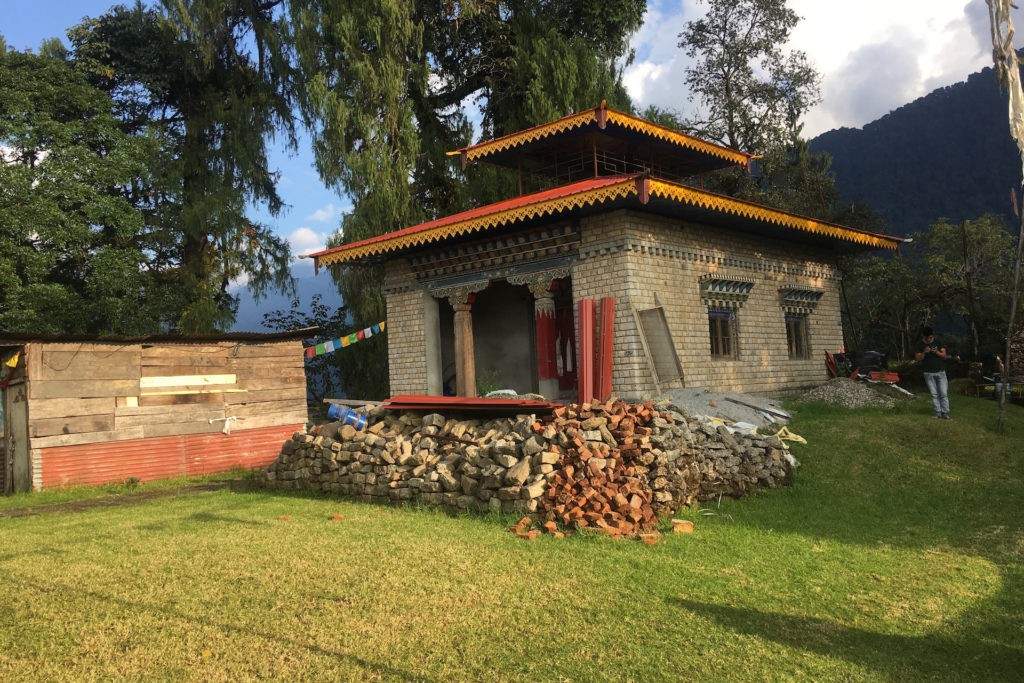NorthEast India has evolved as one of the strongest bearers of what authentic ‘Indianness’ looks like. Despite isolated from the ‘mainland’ history of Indian civilization. Devoid of heavy alien interference, the societal practices of the Northeast still have historical moorings. The traditional and the modern amalgamate together to form a concoction that we see as the Northeastern part of India. Thus, as an NRI, it is imperative that you immediately place the region on your travel bucket list. If you want to immerse yourself in the authenticity of Indian culture and customs and have an authentic one-of-a-kind experience. Then the Northeast should be your first destination of calling. Therefore, without further ado, let us look at the top reasons NorthEastIndia stands tall as the epicenter of Indian authenticity.
THE UNSEEN SIDE OF NORTHEAST INDIA – TRADITIONAL CULTURE AND PRACTISES
Along with beautiful scenery, there is delicious food, joyful festivals, and lovely people. Deep connections to the past is one feature that sets NorthEast India apart from the rest of the country. The region’s affinity to age-old practices and customs stands strong and provides it with a unique essence and feel.
1. Self-sustainable Agriculture:
Indigenous Technical Knowledge is an accumulation of inherited information of farmers in terms of land, water, trees, vegetation, animals, etc. It includes solutions to various issues through sound and meaningful decision-making and implementation through efficient allocation of resources. NE India is a hub of Indigenous Technical and Traditional Knowledge. The knowhow is used for weather forecast, seed germination, soil fertility management, water harvesting, pest management, controlling diseases of flora, fauna, and so forth.
There is a myriad of indigenous cultivation practices still very much in vogue in the region.
Example:
- Wetland rice production (Apatani tribe of Arunachal Pradesh),
- Zabo system of farming and Alder agriculture (Nagaland),
- organic farming (Sikkim), traditional mixed cropping systems,
etc.
Interested in environmentally sustainable agriculture practises? If so, Northeast India is a must-see.
2. Medicinal Herbs:
Being termed as one of the richest biodiversity hotspots on the planet, it is unsurprising that Northeast India is the quintessential hub of medicinal plants. Northeast India uses at least 65 plants belonging to 38 families to treat malaria.
Plant leaf, root, bark, fruits, the entire plant is used for making herbal cocktails. Traditional medical practices have been an integral part of Northeastern people.
Attention has now switched to North East India’s herbal and medicinal mixtures. Due to a growing awareness of the relevance of medicinal plants and traditional healing systems.
There has been an increasing awareness of the importance of medicinal plants and traditional treatment practises in recent years. The focus has now shifted to the herbal and medicinal mixes of North East India.
Few medicinal plants found in the region are: Mimosa pudica, Catharanthus roseus, Centella Asiatica, Tagetes erecta, and likewise. They are excellent sources of secondary metabolites like alkaloids, flavonoids, etc.
Medicinal plants play a crucial role in treating various diseases and have anti-inflammatory, anti-cancer, anti-fungal, and anti-bacterial properties. If you want to know more about India’s traditional healing practices and plants, then visit NE India at the earliest.

3. Unique and Harmonious Local Practices:
Northeast India is the nucleus of unbeknownst practices. Whenever you visit the Northeast, you will come across customs and events that are as fascinating as they are unique. The Jonbeel Mela held in the Morigaon district of Assam is a centuries exhibit based on the barter system. You will see buyers and sellers coming together to trade in various goods in the field. The zeal of Jonbeel Mela is commendable. Visit for a unique experience in the mela and return with a warehouse of knowledge. Know about the golden treasure of Assam – the Muga Silk, found only in Assam. The Mother’s Market of Manipur will also give you a taste of what a women-run market in Asia looks like.
4. The Matrilineal Society of Meghalaya:
The state of Meghalaya in India is one of the last sites of India where matrilineal succession exists. The Khasi tribe follows the custom wherein the girl child is the official inheritor of ancestral property of a family. The culture is truly unique and provides novel insights into India’s history and gender dynamics. NRIs, must visit to Northeast to see alternative gender traditions and ceremonies. The wedding ceremonies of Meghalaya are also a sight to behold, offering a fresh experience unlike any other.

5. The Joint Family Structure:
The joint family structure of Indian society is still very much intact in Northeast India. The hilly regions of the Northeast are still abounding with joint families that live harmoniously. Thus, you get an authentic taste of Indian kinship by visiting the Northeast.
6. Untouched Locations:
NorthEast India is unaffected by modernization effects. For example, Mawsynram in Meghalaya is the only place in the world that receives the highest amount of rainfall. Likewise, the Sualkuchi village of Assam is the largest producer of the finest silk in the world. In Mizoram, the Pukzing cave is carved using a single hairpin. Likewise, the Konyak tribe of Nagaland is one of the last remaining headhunting tribes around the globe. Therefore, it would not be erroneous to assert that new history meets contemporary times in Northeast India. So, if you’re an NRI looking for a glimpse of India’s past, head to North-East India. It will provide you a fascinating knowledge of India.

CONCLUDING THOUGHTS
As an NRI, you should make it a priority to visit NorthEast India as soon as possible because the region is unlike any other. Ironically, it is Northeast India that has been able to preserve India’s unique and age-old practices. So, book your tickets now for the experience of a lifetime.

